BLOG
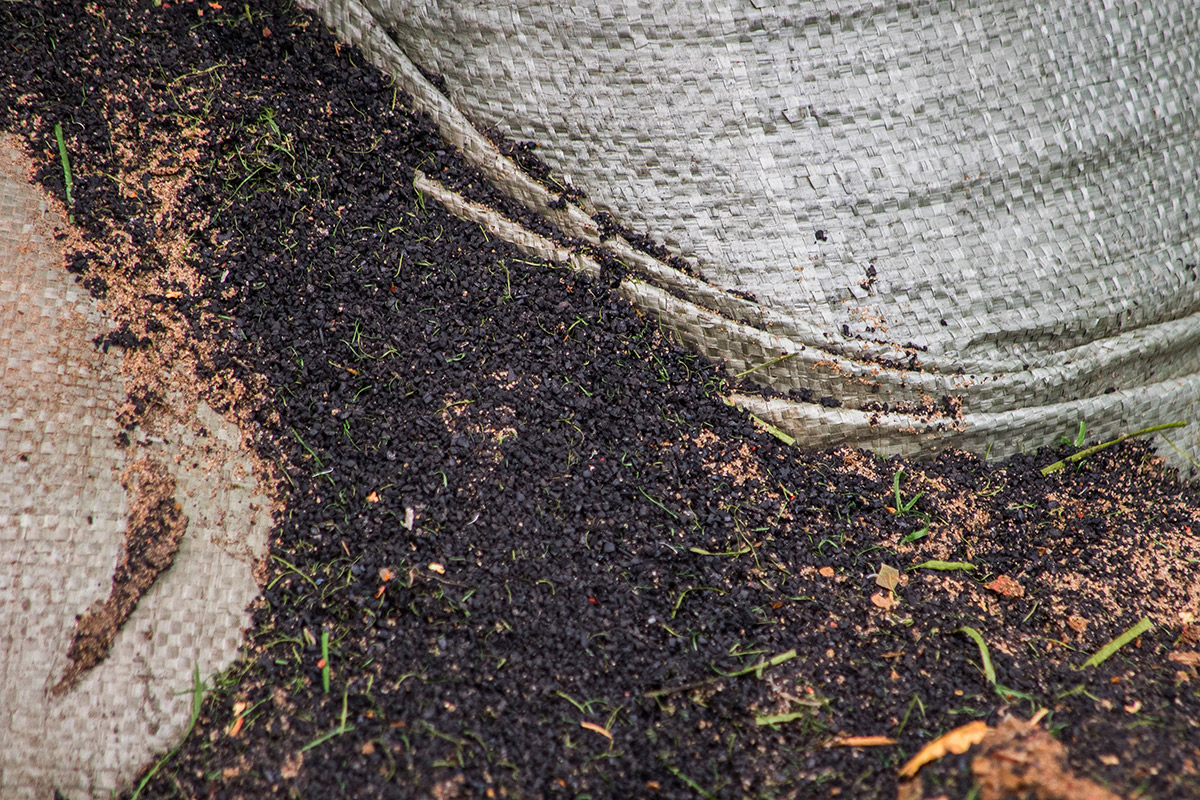
The Promising Role of Biochar in Mitigating Climate Change
To successfully mitigate climate change, alternative energies and sustainable materials like biochar must be integrated into modern agricultural practices. Comprised of organic animal and plant material, biochar is a type of charcoal that can collect and store carbon. Over the past two decades, thousands of studies have shown that the utilization of biochar can positively
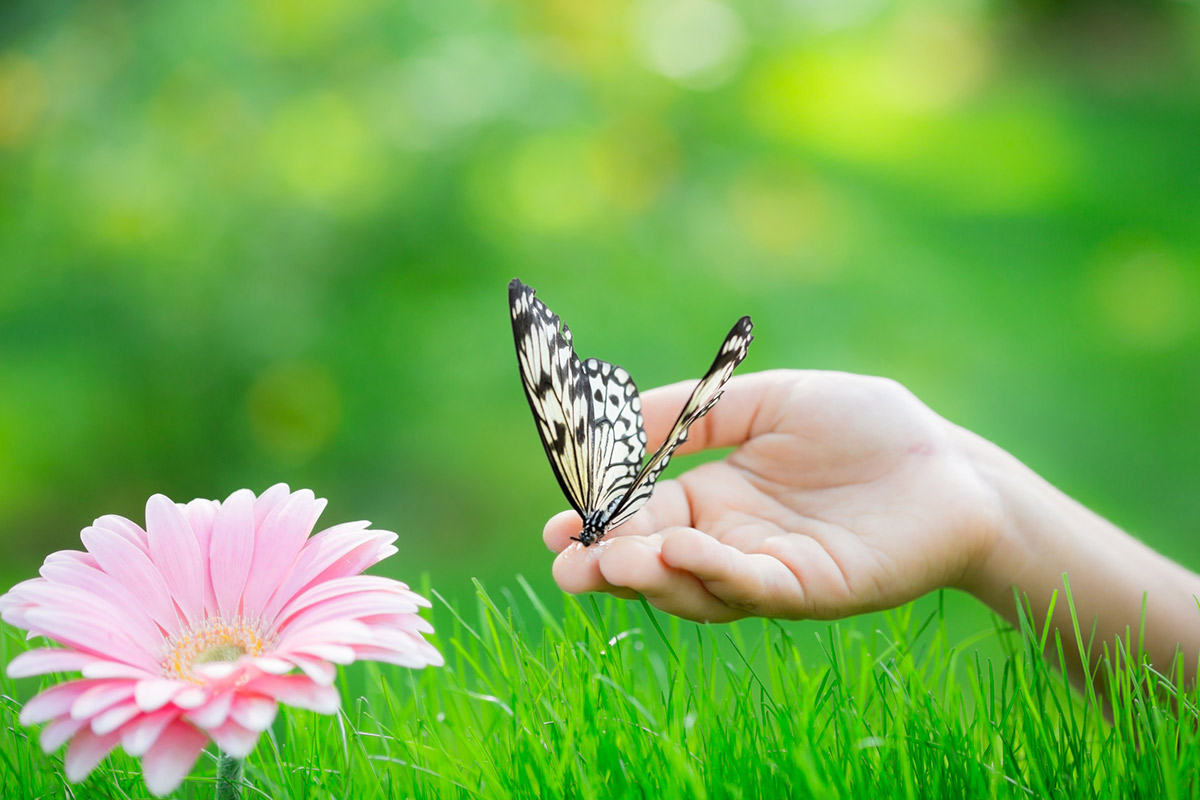
It’s National Pollinator Week! Make the Most of Your Pollinators in 2022
This week, June 20 through June 26, is National Pollinator Week! To celebrate, we’ve highlighted how you can not only help save pollinators from decline but also reap the benefits of attracting these vital creatures to your land. The importance of pollinators The value of pollinators to our ecosystem cannot be overstated. Almost 80% of
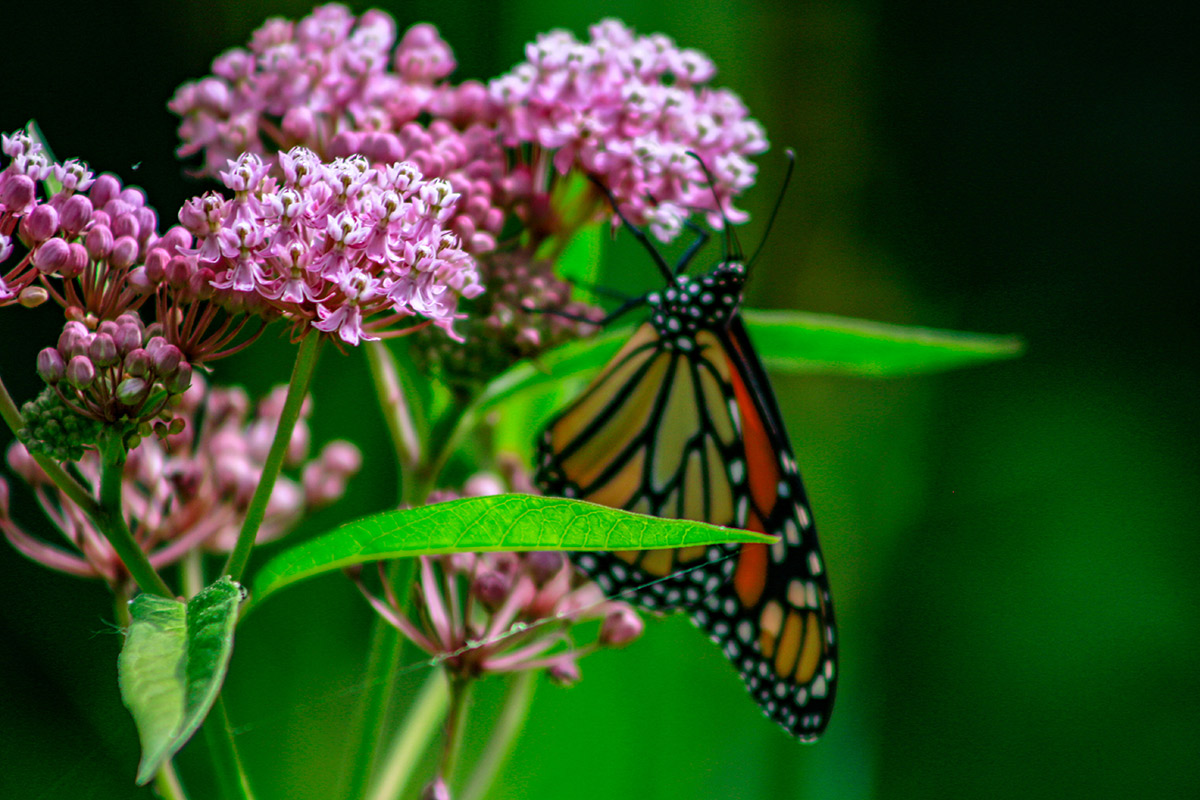
CRP Practices to Reduce Greenhouse Gas Emissions
The environmental benefits of the Conservation Reserve Program (CRP) are vast, but one of the most impactful is the reduction of greenhouse gas (GHG) emissions. Through CRP practices, 30 million metric tons of CO2 were removed from the atmosphere in 2020, the equivalent of removing 6 million cars from the road. While all CRP practices
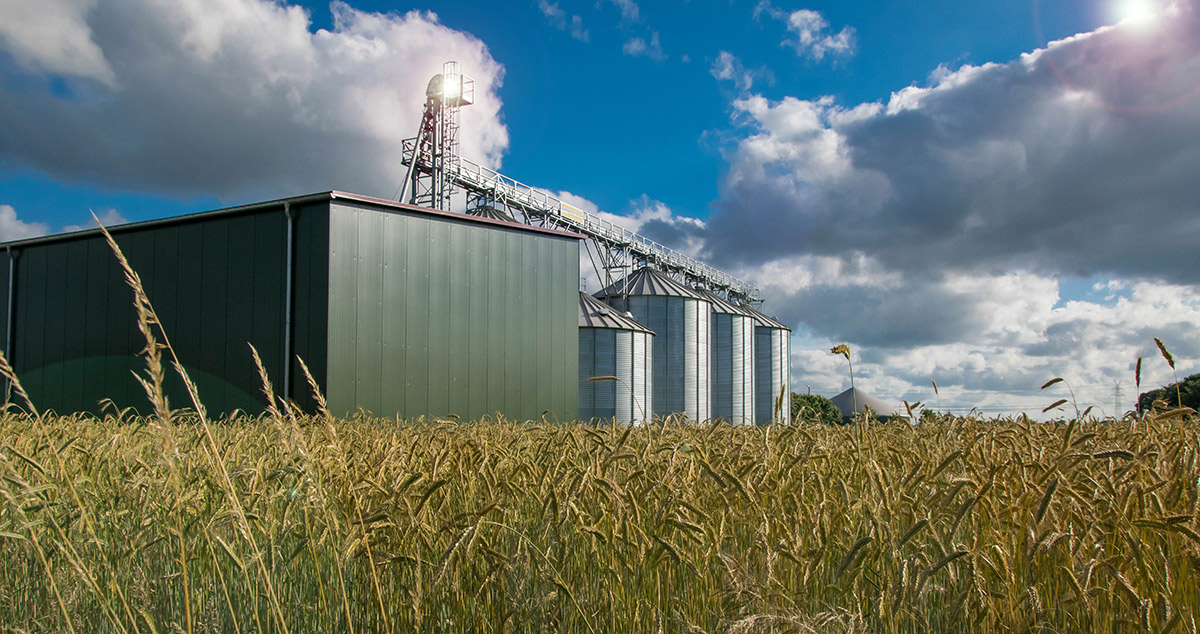
What Does Bioenergy Mean for the Environment?
As the harmful effects of climate change continue to impact our world, the importance of alternative fuel and energy sources, like bioenergy, wind energy, and solar power, is clear. Countries must begin ramping up the utilization of alternatives, and quickly, to protect our environment before it is too late. As an alternative energy source, bioenergy

What’s New with CRP?
Chances are, if you’re a landowner participating in the Conservation Reserve Program (CRP), you don’t have much time to stay up to date on the most recent CRP news. Here, we’ve rounded up some of the latest updates, improvements, and initiatives of CRP to keep you in the loop. 2022 Enrollment As of May 13,
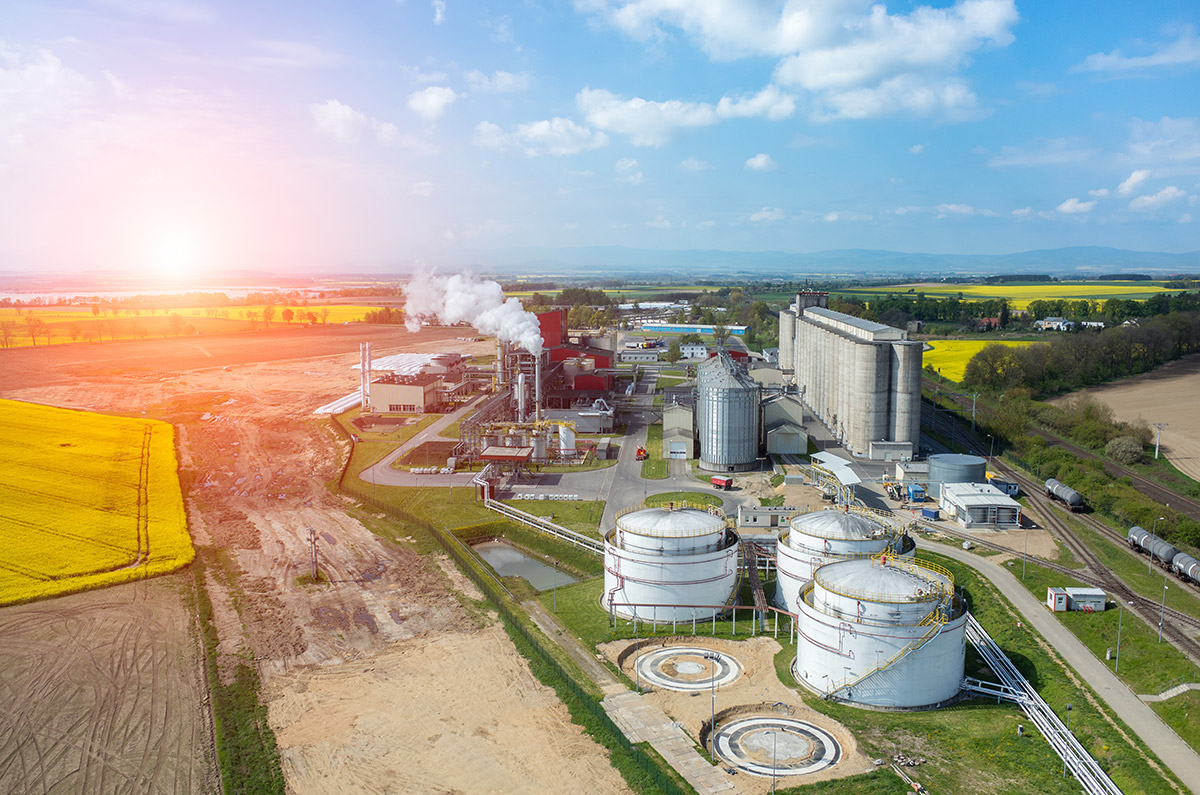
What Can Bioenergy Do?
With the onset of climate change, scientists have been working diligently for decades to develop alternative sources of energy to replace fossil fuels. Solar power, wind energy, and nuclear power are well-known and established options, but one alternative stands above the rest as potentially the most abundant and sustainable: bioenergy. Bioenergy is produced using biomass,
